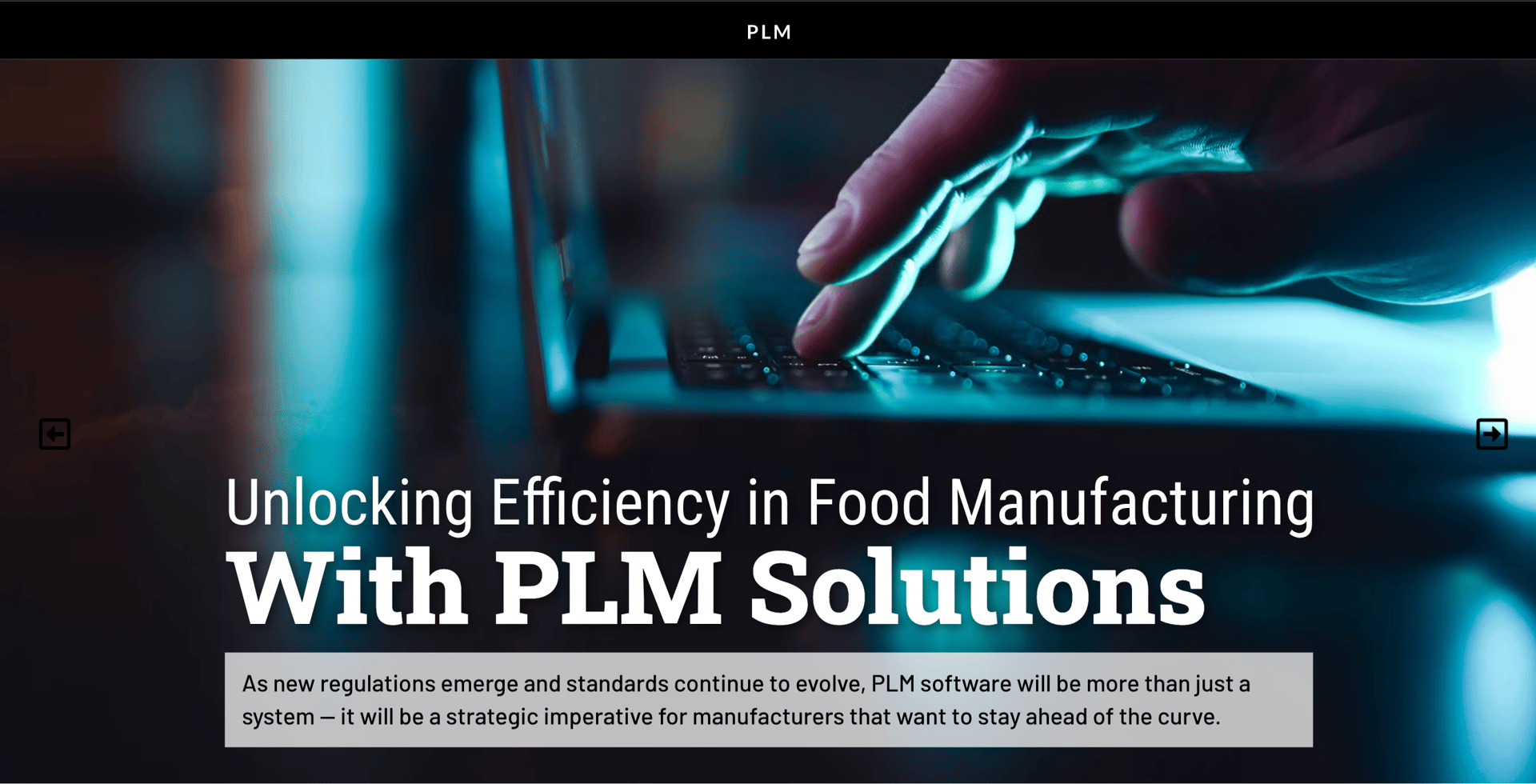Food Manufacturing Investment Continues – With Caution
FOOD ENGINEERING’s 48th Annual Plant Construction Survey reveals food and beverage manufacturers are taking a cautious approach to capital expenditure, but even with economic uncertainty, the industry continues to invest in smart, sustainable manufacturing.
This year marks the 48th edition of FOOD ENGINEERING’s Plant Construction Survey, our annual opportunity to ask architecture, engineering and construction professionals about what they and their food and beverage manufacturing clients have experienced over the last year.
Last year, survey respondents said their clients were taking a “wait-and-see” approach to capital expenditure with the uncertainty surrounding the 2024 presidential election. In 2025, our survey respondents say food and beverage manufacturers are still cautious when it comes to new projects — but this time because of economic uncertainty connected to inflation and tariffs.
“We're seeing some pause and reflection in advanced manufacturing projects, even those that were previously green-lighted, driven by uncertainty in funding sources — both government and private investment,” says Russ Schertz, AVP of industrial manufacturing, Black & Veatch. “We’ve seen some of our food industry clients revisit capital expenditure strategies for projects that weren't already in the construction phase for the remainder of the year. The drivers here are more complex than just tariff concerns. While potential retaliatory tariffs certainly create uncertainty — particularly for commodity-dependent businesses that historically suffer when trade wars escalate — the bigger factors seem to be changing market conditions. Inflation has slowed considerably, which means these companies can no longer simply pass increased costs to consumers as they could during the height of inflationary periods. Commodity markets have also shifted, creating pricing pressures that make large capital investments less attractive.”
Even with these political and economic concerns, food and beverage manufacturers continue to open and expand manufacturing facilities. FOOD ENGINEERING has reported on more than 30 projects since the start of 2025, with many announcements in May, June and July.
Specifically, there have been several developments in the dairy industry. Since April:
- Chobani announced plans to build a $1.2 billion dairy processing facility in New York
- California Dairies Inc. opened a processing facility in Bakersfield, Calif.
- Darigold began processing milk at its facility in Pasco, Wash.
- Cayuga Milk Ingredients completed its $270 million expansion in New York
- Tillamook opened an ice cream facility in Illinois – its first outside of the Pacific Northwest
We’ve also seen a lot of movement in the meat category, with Archer opening a second plant in California and JBS USA announcing plans to open a $135 million sausage facility in Iowa. Walmart is also developing its own beef processing facility in Kansas.
We’ve also seen incredible expansion in cold storage and processing. Frozen potato producers have opened facilities in Idaho within the last year, and Americold recently opened a distribution center in Canada, but these are only a few examples.
While these projects have likely been in progress for years, it’s reassuring to know the industry continues to invest in safe, sustainable and smart manufacturing. Rob Raney, food and beverage manufacturing project director, Burns & McDonnell, agrees.
“The industry continues to see robust investment in new processing and distribution facilities, with dozens of major projects announced monthly across the U.S.,” Raney says. “This includes not just new construction, but also expansions and significant equipment upgrades to boost capacity and efficiency. While new developments remain strong, there is also a notable number of network optimization projects, signaling a shift as companies modernize their operations. Despite ongoing uncertainty, the sector is experiencing steady growth. However, the landscape remains dynamic, with companies balancing expansion and modernization against the need to optimize existing assets and manage costs.” FE



